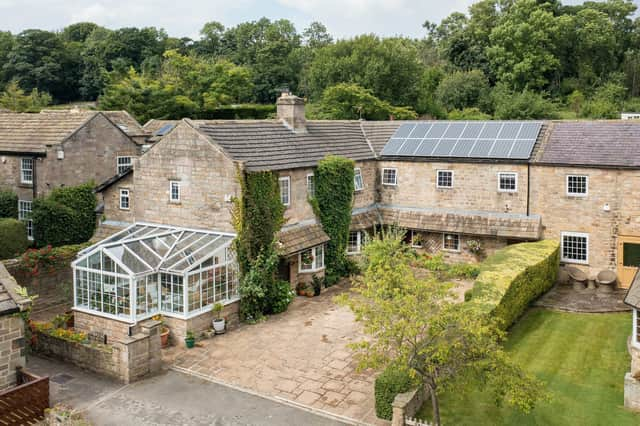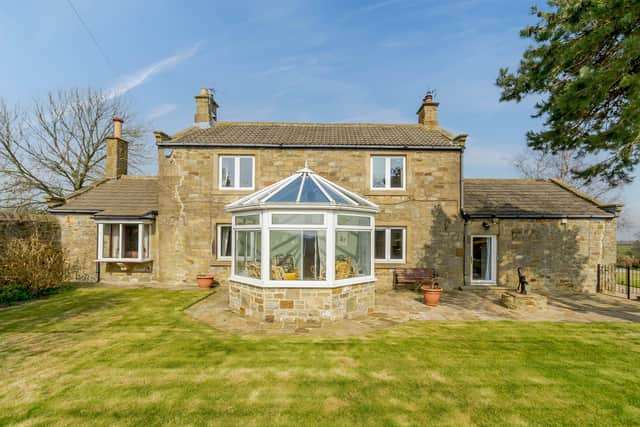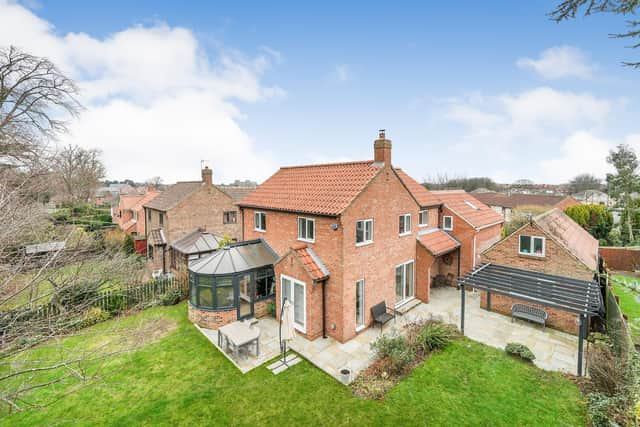Why now is the perfect time to enjoy these three houses with conservatories


For gardeners, this can be particularly frustrating – no sooner have the fragile houseplants been transported outdoors for the first sunshine of the year than they have to be brought in again to avoid frost damage.
One answer is to put them in a conservatory, which can provide all the daylight with none of the cold-weather peril.
Advertisement
Hide AdAdvertisement
Hide AdConservatories first made their appearance in northern Europe in the 16th century as wealthy landowners started cultivating citrus fruits brought here by traders. But it was in the 18th and 19th centuries that they spread in popularity, and orangeries were added to many large country houses, including the Grade II* listed example built around 1785 at Ripley Castle.


The Victorian age gave rise to glazing and heating technology that fuelled a near mania for conservatories, and they became common adjuncts to many a middle-class home.
But it was only after the Second World War that the conservatory was truly democratised, becoming the most frequently added extension to homes of all kinds.
Nowadays, double glazing and uPVC frames are a quick and relatively cheap way to add an extra room – and extra value – to your home.
Advertisement
Hide AdAdvertisement
Hide AdBut conservatories are no longer solely for the geraniums – they also make for great places for people to sit in the warmth while enjoying the daylight, just as houseplants do.


If you’ve always wanted a conservatory, but don’t have the space to add one to your current home, you might consider moving somewhere that already has one. The following three homes all qualify, and are all currently for sale in our area.
Near Wetherby, Lime Kiln House is one of only six dwellings which, together with the Woodhall Hotel and Carmelite Monastery, sit in beautiful greenbelt countryside overlooking the River Wharfe at Linton. It has six bedrooms, three bathrooms, kitchen, utility room, office, gym, orangery, and two reception rooms each opening into the back garden. Outside, there are three garages for five cars, gardens and a pond.
Pinfold House is an extended period house on the southern edge of Sawley, near Ripon. It has three bedrooms, two bathrooms, hall, kitchen, utility room, three reception rooms, and a conservatory. There’s also a detached double garage and the whole sits in about a third of an acre of land with stunning views across the countryside near Fountains Abbey.
Advertisement
Hide AdAdvertisement
Hide AdFinally, 1 Kingstonia Place is an enlarged detached family home on high ground on the outskirts of Ripon.
The house has four bedrooms, three bathrooms, kitchen, utility room, two reception rooms and a conservatory. There’s also a garden and a guest annexe/single garage with spare bedroom that has planning consent for a one-bedroom cottage with bedroom, kitchen, bathroom and living room.